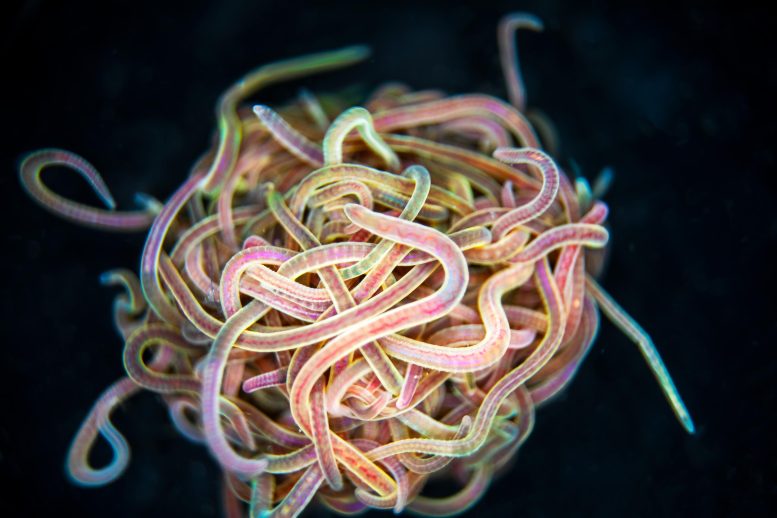
California black worms tightly tangled together in a blob. A study on California blackworms has offered fresh insights into the principles and mechanisms of tangled active matter, possibly informing the development of innovative active materials. Credit: Georgia Institute of Technology
Researchers have studied California blackworms to understand the rapid untangling of tangled active matter, potentially aiding the design of new active materials. Using ultrasound imaging, theoretical analysis, and simulations, the team discovered that resonantly tuned helical waves from individual worms’ movements enable collective tangling and swift untangling. The findings could offer a broad principle explaining the rapid unknotting of similar materials.
Studying the way masses of California blackworms all tangled in a jumble can swiftly untangle has revealed new insights into the mechanisms and principles underlying the topology of tangled active matter, researchers report. The findings could help guide the design of multifunctional active materials with unique and tunable topological properties.
Long filamentous materials and objects, from long polymer strands to a loose collection of electronic charging cables, have an uncanny knack for forming complex, knotty structures – highly disordered tangles that can seem all but impossible to unravel. Some biological species, like the California blackworm (Lumbriculus variegatus), have evolved ways to manage tangling and untangling their bodies in highly efficient ways, despite having only a relatively simple set of muscles and neurons.
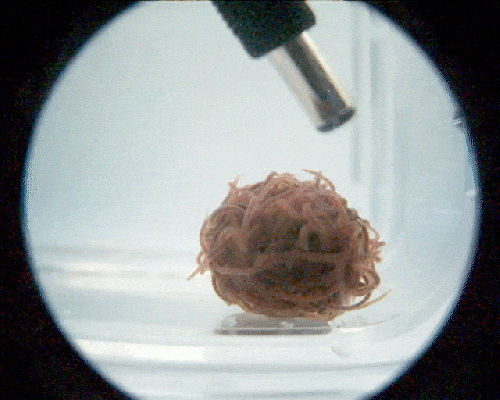
A blob of worms untangling at ultrafast speed. Credit: Georgia Institute of Technology
These worms routinely self-organize into intricately tangled balls featuring anywhere between 5 to 50,000 individual worms. While these tangled structures form over the span of a few minutes, they can become completely disentangled in the span of milliseconds. Although how they are able to achieve both robust tangling and ultrafast untangling remains poorly understood, insights garnered from their ability could inform the design of the next generation of smart or active materials, say the authors.
To better understand how these creatures achieve both robust tangling and ultrafast untangling, Vishal Patil et al. used ultrasound imaging to create a 3D reconstruction of a blackworm tangle and combined the data with theoretical analysis and simulations to develop a mechanistic model of blackworm tangles. Patil et al. found that the tangles were highly interacting systems where most worms were in contact with most other worms. They show that resonantly tuned helical waves produced by the movement of individual worms enabled the collective tangling and rapid untangling.
According to the authors, the findings reveal a generic dynamical principle that underlies the rapid unknotting of filamentous materials, which could apply to other systems of packed and tangled fibers.
“Through a combination of methods from topology, applied mathematics, and engineering, [the authors] derive a general model of active entanglement and disentanglement that provides new insights into the organization of active matter,” writes Eleni Panagiotou in a related Perspective.
For more on this research, see Math Behind Wiggly Worm Knots Could Inspire Shapeshifting Robotics.
Reference: “Ultrafast reversible self-assembly of living tangled matter” by Vishal P. Patil, Harry Tuazon, Emily Kaufman, Tuhin Chakrabortty, David Qin, Jörn Dunkel and M. Saad Bhamla, 27 April 2023, Science.
DOI: 10.1126/science.ade7759

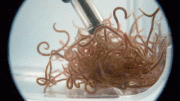
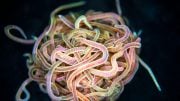
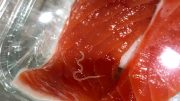

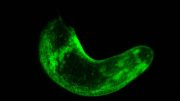
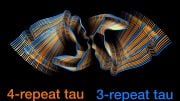
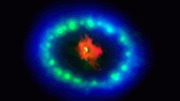

Be the first to comment on "Knotty by Nature: Blackworms and the Secrets of Rapid Untangling"